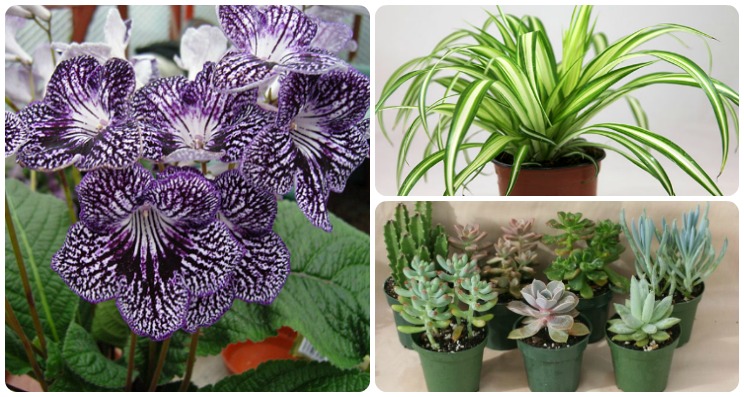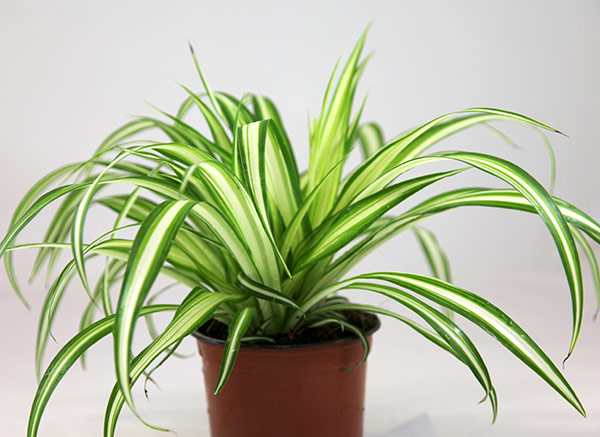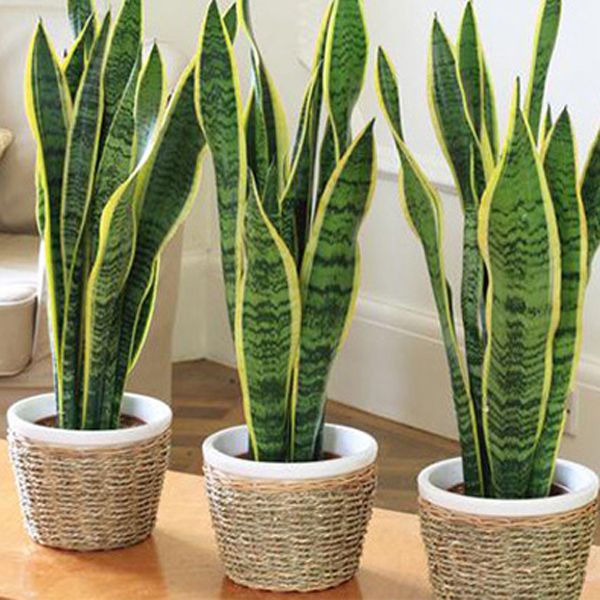Top Tips To Make The Most Of Your House Plants

House plants are more than just decorations to us: they are the other inhabitants of our houses. They turn a room into a living space, breathing life into our interiors. They say: someone lives here; someone cares for things; someone calls this home.
And they do valuable work. House plants make the air more breathable, releasing oxygen and filtering out everyday pollutants from man-made objects such as formaldehyde. They also release phytochemicals, which suppress mould spores and bacteria in the air. They add humidity, too, helping to counter the dry air of centrally-heated houses.
The simplest way to understand a house plant’s needs is to find out about its origins. The broad majority of easy-to-care-for house plants tend to be understorey plants of tropical forests. Spider plants, pothos vines, begonias, maranta, calathea, ctenanthes, dracaena, dieffenbachia, bromeliads and epiphytic orchids all fall into this category. These plants thrive in warm (15C minimum), humid, dimly-lit forests, places with little air movement. These are the conditions of most of our interiors: warm, some sun, and hopefully not too many draughts.
These plants don’t want to dry out too much, and they shouldn’t sit in full sun for long. Mostly, it’s incorrect watering that kills them. The easiest way to find out whether your plant is thirsty is to pick it up; dry soil is light, wet heavy.
Central heating dries out plants, and in winter this can become an issue, because the plant doesn’t necessarily need more water around its roots, just more relative humidity surrounding the leaves. Resolve this by misting the plant daily, or sit it in a saucer of pebbles topped up with water. Orchids in particular like around 50% humidity all the time.
For east- or west-facing windows…

Streptocarpus (cape primrose) – these come from the wooded ravines and valleys of the Drakensberg mountains in South Africa, and want light, but never direct sunlight. They like to dry out a little between watering, but sit them in water and the roots rot. If you want them to flower, feed them through the growing season.
For sun-drenched rooms…

Succulents – the jade plant Crassula ovata is very hard to kill, and will grow huge and handsome if repotted often. Water when you remember. Aloe vera from South Africa needs to be watered sparingly over spring and summer, and maybe once during the winter. It’s one to grow in the kitchen, because the slimy insides of the leaves are excellent on burns.

Basement dwellers…

The spider plant, Chlorophytum comosum – this is native to tropical Africa and looks best grown in a hanging basket. Ceiling plant hooks that swivel will allow you to rotate the plant for maximum light; wonderful for those short of sill space. Water sparingly between October and February, and liberally otherwise. Or try the maidenhair fern (Adiantum capillus-veneris), which loves shade and moisture.

Forgetful gardeners…

Snake plant (Sansevieria trifasciata) – this is found in woodland and forest margins in tropical west Africa and the Congo, so it tolerates low light and dry conditions. This one thrives upon neglect.

Comments are closed.